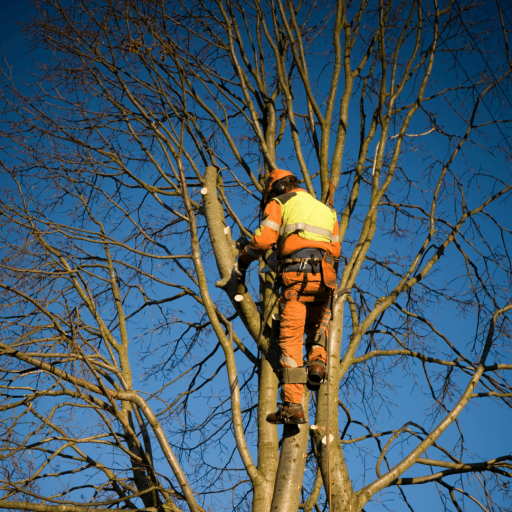Hedges are an essential feature of many gardens, providing privacy, structure, and year-round greenery. However, without the right care, they can quickly become untidy, sparse, or even unhealthy. At Ashford Tree Care, we regularly see hedge cutting issues that could have been avoided with a little expert knowledge. Understanding these common problems and their solutions will keep your hedges looking neat and thriving throughout the seasons.
Uneven Cuts and Patchy Growth
One of the most common hedge cutting problems is uneven trimming, leaving the hedge looking lopsided or patchy. This usually happens when cutting by eye without using a proper guide or string line.
Solution:
- Use stakes and string to create a straight guideline before you start.
- Always cut slightly narrower at the top than the bottom so light can reach lower branches.
- Regular trimming with sharp, well-maintained tools ensures an even finish and encourages consistent growth.
Bald Patches and Gaps
Cutting too far back into old wood can create bald patches that take years to recover, especially in species like conifers.
Solution:
- Trim little and often to maintain the desired shape.
- Avoid cutting back into dead zones where there is no green growth.
- If gaps do occur, encourage regrowth by feeding and watering the hedge, and consider light formative pruning over time.
Overgrown and Leggy Hedges
If hedges are left too long between cuts, they can become leggy and lose their shape. This not only looks messy but can make cutting more challenging.
Solution:
- Cut hedges regularly during the growing season to maintain density.
- If the hedge is already overgrown, a staged reduction over a couple of years may be needed rather than a single heavy cut.
- Ashford Tree Care can carry out professional renovation pruning to bring hedges back under control.
Damaging Wildlife and Breeding Birds
Cutting hedges at the wrong time of year can disturb nesting birds and wildlife.
Solution:
- Avoid hedge cutting during the main nesting season (March to August).
- Always check for active nests before starting work.
- Schedule major pruning for late winter or early spring before new growth starts.
Poor Plant Health After Cutting
Incorrect cutting techniques or dirty tools can spread disease or stress the hedge, leading to yellowing leaves and dieback.
Solution:
- Disinfect tools before and after use, especially if cutting multiple hedges.
- Avoid cutting in extreme weather — too hot, too cold, or during drought.
- Mulch and water after cutting to support recovery.
Cutting at the Wrong Height or Width
Overzealous trimming can leave hedges too short or narrow, reducing privacy and wind protection.
Solution:
- Decide on a realistic maintenance height and stick to it.
- Avoid removing more than a third of the growth in one season.
- For formal hedges, measure carefully before each cut to keep a uniform shape year after year.
Conclusion
Hedge cutting may look simple, but poor technique can cause long-term problems that affect both appearance and health. By trimming at the right time, using the right tools, and avoiding common mistakes, you can keep your hedges lush, healthy, and looking their best. Ashford Tree Care offers expert hedge cutting services across Ashford, ensuring your hedges are maintained to the highest standard while protecting the health of your garden.
Call us on: 01233 542 901
Click here to find out more about Ashford Tree Care
Click here to complete our contact form and see how we can help with your trees needs.
